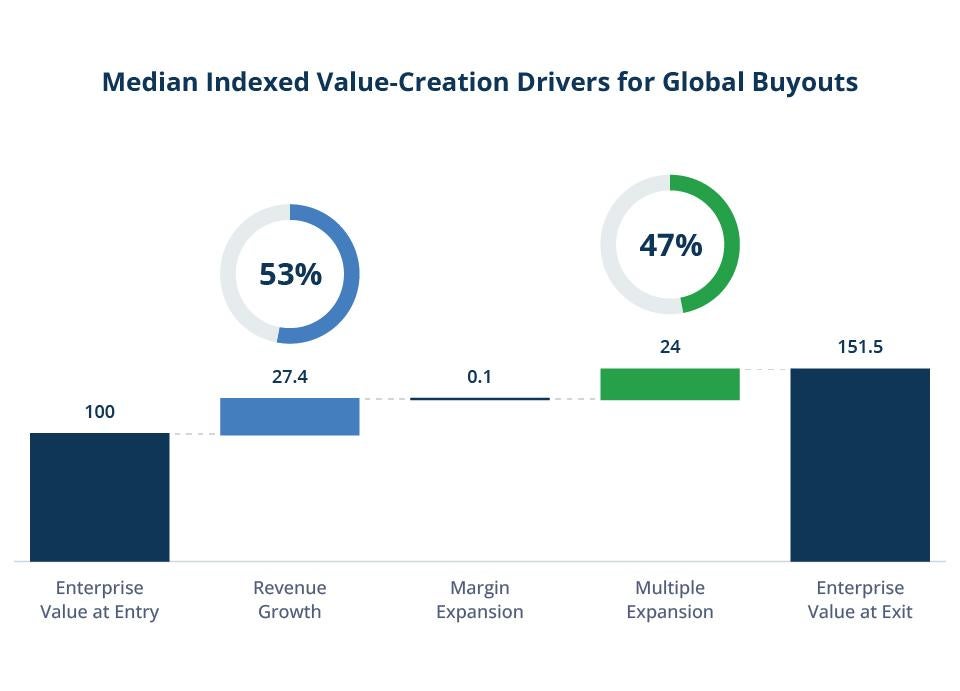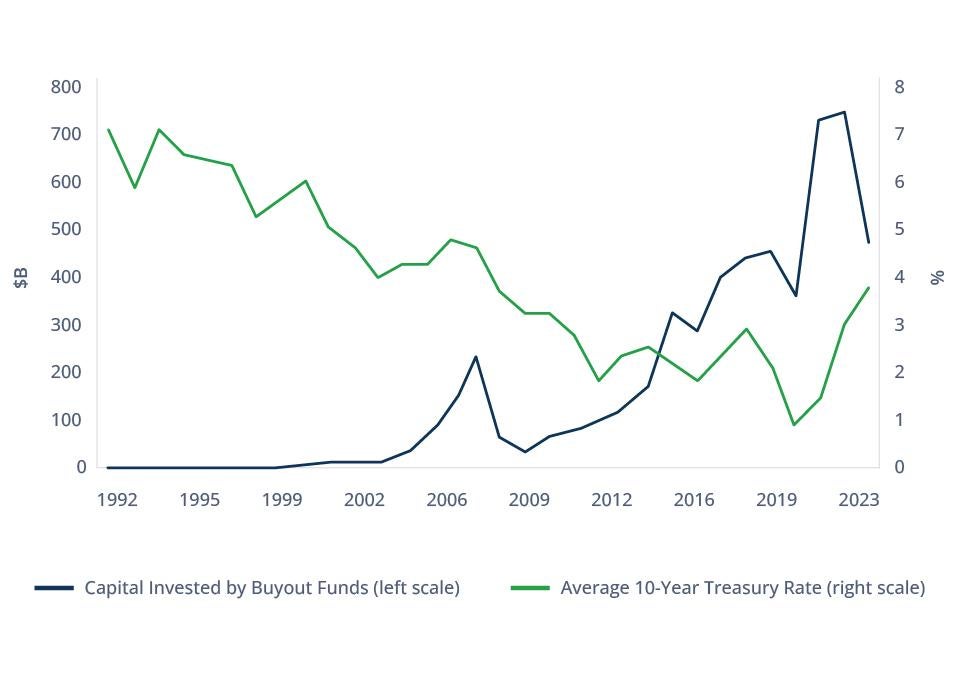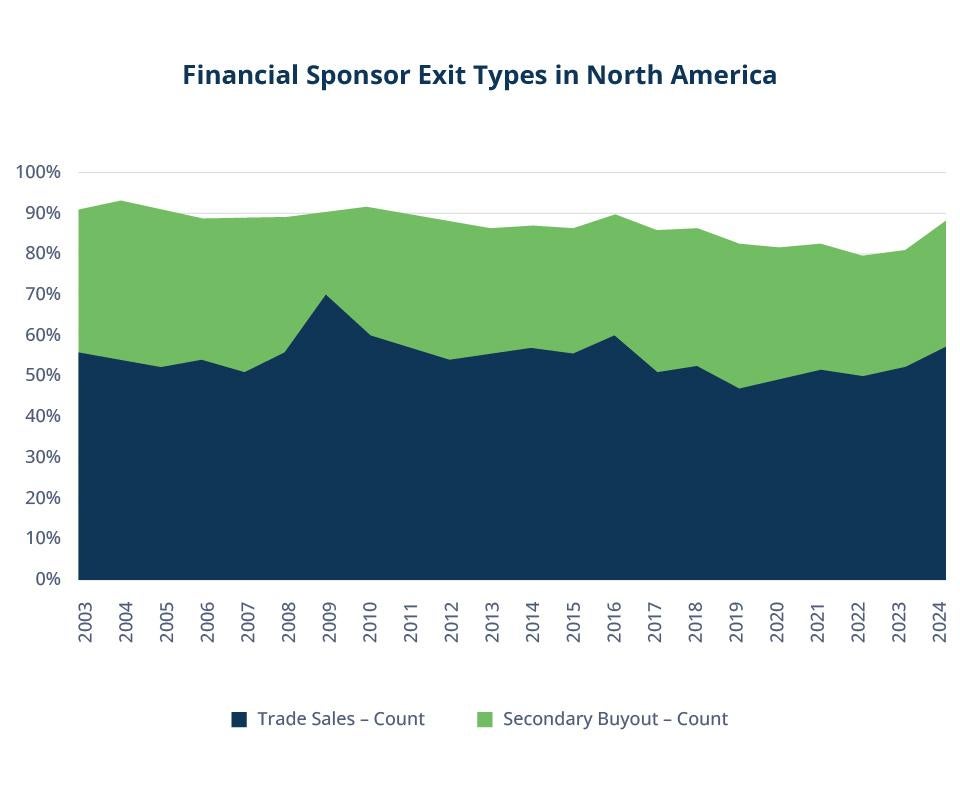Identifying the opportunity
In 2018, Brookfield identified automotive battery maker Clarios as a potentially attractive corporate carveout candidate. At the time, Clarios was owned by Johnson Controls, a publicly traded conglomerate that was looking to streamline its operations to focus on its core heating, ventilation and air conditioning business.
While Clarios was a leading manufacturer of low-voltage automotive batteries and generated strong, stable cash flow, we believed it was overshadowed by Johnson Controls’ primary businesses and misunderstood by investors. In our view, Clarios offered a compelling opportunity to apply Brookfield’s disciplined private equity strategy: 1) identify essential, market-leading businesses, 2) acquire them for value and 3) enhance that value through operational improvements.
Laying the path to acquisition
The carveout process was complex and time-consuming throughout the negotiations. In fact, it took nine months of discussions before we received information about the costs and timeline for the carveout, and the deal was signed only about a month after Brookfield received initial estimates. At that point, the clock was ticking because the sale was scheduled to close just six months later.
The initial challenges of preparing to stand up Clarios as an independent company were understanding which business operations were the most critical to maintain operations and determining the one-time separation costs—which we soon estimated would total $200 million. In this early stage, we focused less on the commercial products and go-to-market strategies and more on the back-office operations that were deeply embedded within Johnson Controls.
A Brookfield working group that included members of the investment and operations teams collaborated to renegotiate vendor contracts and make sure departments such as payroll, procurement, accounting, information technology and human resources would be self-sustaining after the sale closed. The group also reviewed staffing to ensure the new company had the right people in place in the right numbers to keep operations running smoothly.
The Clarios TSA, which remained in effect until two years after the sale closed, played a critical role throughout this process, specifying which services Brookfield would provide immediately after the closing and which services Johnson Controls would continue to provide and for how long. On April 30, 2019, Brookfield completed its acquisition of Clarios for $13.2 billion.
Creating value through operational improvements
Over the next six years, Brookfield’s operational expertise unlocked enormous value within Clarios. We invested in new product development, improved customer service, optimized production and expanded advanced battery manufacturing capabilities. Over the last decade, Clarios has invested over $1 billion in its U.S. manufacturing operations and expects to spend $6 billion more over the next 10 years.
Building a new executive suite at Clarios and strengthening the company’s organizational structure were other critical aspects of the carveout. This complicated process required understanding the business’s go-forward strategy, assessing the existing talent, and deciding which personnel to bring over to the new company and which positions to fill externally.
Through our operational improvements and Clarios’ shift toward advanced battery manufacturing, the company’s earnings before interest, taxes, depreciation and amortization increased from $1.5 billion at the time of our acquisition to $2.1 billion today. The business generates a significant amount of cash annually, delivering a cash yield of approximately 23%, which allowed us to raise $5 billion of debt financing and pay a $4.5 billion special distribution to Clarios’ shareholders in January.
Today, Clarios is the global leader in advanced low-voltage battery solutions, powering one in three cars on the road, and it plays a critical role in the global transition to electric vehicles and meeting increasing power consumption needs. The company holds a 30% global market share in the low- voltage battery market, and its share of higher-margin advanced battery technologies is approximately 50% and growing.






